
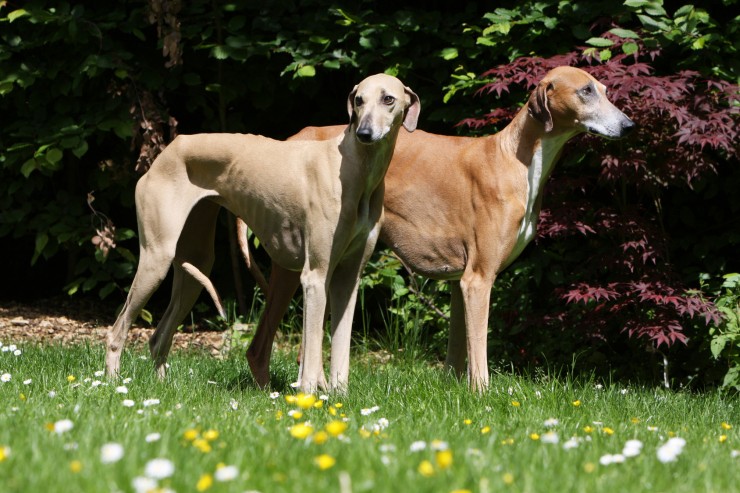
These amazing looking dogs are among the rarest sighthounds on the planet and for centuries have been the loyal and courageous companions of the Tuaregs, a nomadic people who travel the Sahara and other parts of West Africa. The Azawakh is extraordinarily elegant and beautiful to look at and they boast wonderfully calm and quiet natures although unlike other sighthounds, they will let you know when strangers are around.
Like so many other pure breeds, the Azawakh could develop hereditary health issues during the course of their lives and there are some conditions that are worth making a note of if you are thinking about sharing your home with one of these beautiful dogs. Much like the Greyhound, the breed is quite similar when it comes to their make-up which means their blood work is atypical and this can make establishing a health issue a little more challenging. With this said, the breed is known to suffer from the following health disorders.
This is a condition the Azawakh is known to suffer from and which sees their thyroid gland not producing enough of two specific hormones, namely T3 and T4. The symptoms to watch out for include the following:
Von Willebrand Disease is a congenital health disorder that can affect young Azawakhs although more often than not a vet only establishes there is a problem when you take your pet along to have their vaccinations or when they are being neutered or spayed. The symptoms to watch out for that there may be a problem include the following:
Being a deep-chested dog, the Azawakh is also more predisposed to suffering from a condition known as Bloat or Gastric Torsion as it is often referred to. This is a very dangerous health issue that needs immediate veterinary attention because if left for too long, a dog's stomach could twist cutting off all blood flow. An affected dog could be fine one minute and then over the course of the next few hours they could be at death's door. Symptoms to watch out for include the following:
The problem is that when a dog once experiences bloat, they are more at risk of the condition happening again. As such, you need to keep a close eye on them and to do as much as you can to prevent it recurring. Very often dogs that eat too fast and gulp down their food rather than chew it will develop the condition which means you have to slow them down when they eat. You can buy specially designed food bowls that effectively prevents a dog from gulping down their food or you could place a large ball in their dish so they have to push it around in order to get at their food.
Another condition that seems to affect the Azawakh is a condition known as Hip Dysplasia which is more than likely one of the most common skeletal disorders seen in many breeds of dog. The signs to watch out for that your dog might have developed the condition includes the following:
The Azawakh is an elegant and rare breed of dog that has a lot to boast about. For centuries they have been loyal and courageous companions for the people of the Sahara Desert known as the Tuaregs and although they are very affectionate characters, they tend to bond with one person rather than everyone in a household. Just like many other pure breeds, the Azawakh is known to suffer from a few hereditary conditions which are worth knowing about if you want to share your home with one. If you are thinking about getting an Azawakh puppy, firstly you would need to find a reputable breeder and then be prepared to go on a waiting list because as previously mentioned, these dogs are very rare.
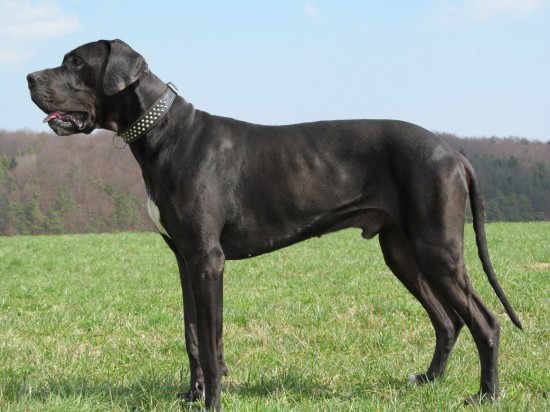 Choosing Between The Great Dane And The Giant Schnauzer
Choosing Between The Great Dane And The Giant Schnauzer
 Provide Your Pet with Best Dog Clothes and Dog Food Supplies for Keeping Them Happy
Provide Your Pet with Best Dog Clothes and Dog Food Supplies for Keeping Them Happy
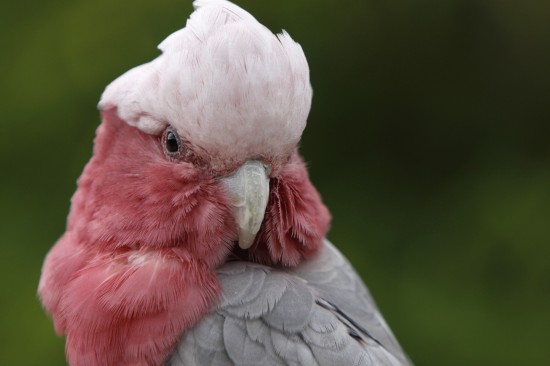 Galah Cockatoo
Galah Cockatoo
 Spotting And Understanding Melanoma In Cats And Dogs
Spotting And Understanding Melanoma In Cats And Dogs
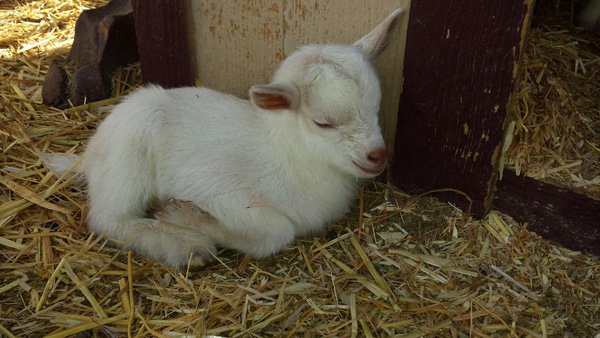 For affordable pet boarding services contact the leading company
For affordable pet boarding services contact the leading company
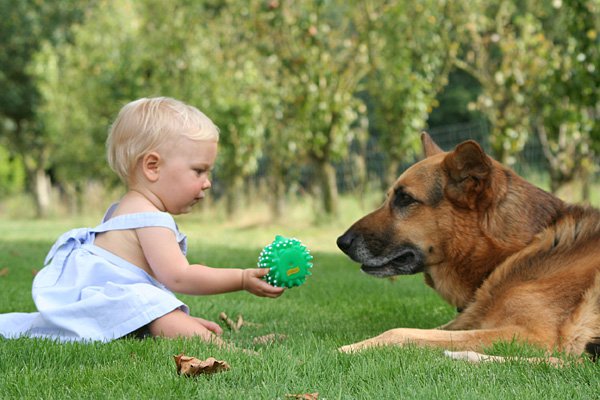 Gift your Pets a Warm, Stay in Cosy Chicken Coops
Gift your Pets a Warm, Stay in Cosy Chicken Coops
Copyright © 2005-2016 Pet Information All Rights Reserved
Contact us: www162date@outlook.com